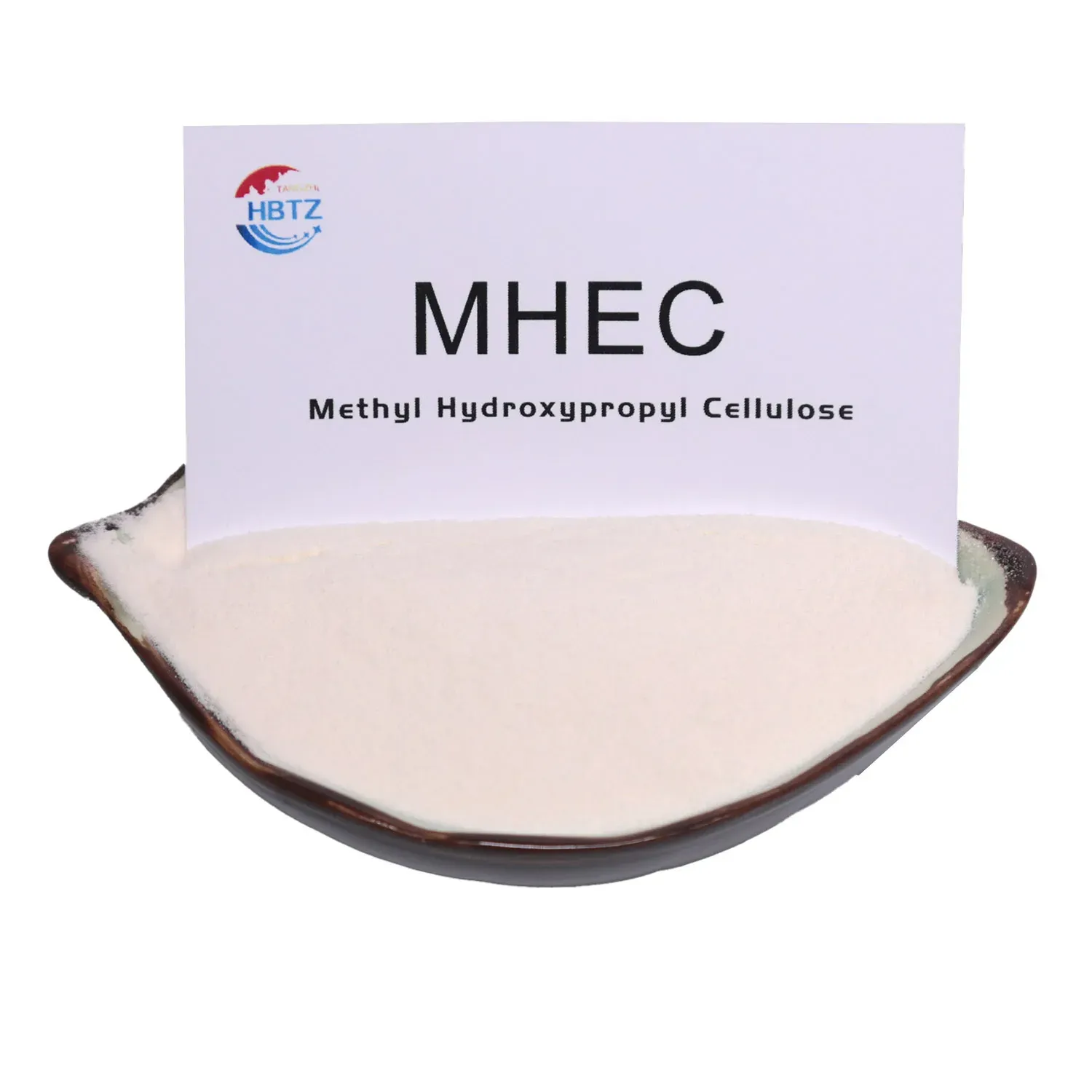
MHEC Cellulose – High Purity, High Viscosity, Cost-Effective
Mhec Cellulose is a key solution in the chemical industry industry, specifically within Fine chemical industry and cellulose ether. This article explores how Hebei Tangzhi Technology Co., Ltd. supports professionals with durable, high-performance products, and explains why this product is an ideal choice for businesses in these sectors.

Table of Contents
- Mhec Cellulose Overview
- Benefits & Use Cases of Mhec Cellulose in cellulose ether
- Cost, Maintenance & User Experience
- Sustainability & Market Trends in chemical industry
- Conclusion on Mhec Cellulose from Hebei Tangzhi Technology Co., Ltd.
Mhec Cellulose Overview
MHEC (hydroxyethyl methyl cellulose), often searched as “hydroxymethyl ethyl cellulose,” is a versatile cellulose ether engineered to control rheology, water retention, and workability in aqueous systems. In the fine chemical industry, Mhec Cellulose bridges performance and processing efficiency, making it indispensable for dry-mix mortars, gypsum-based plasters, putties, and waterborne coatings. As a non-ionic, etherified derivative of cellulose, it dissolves in cold water to form clear solutions that deliver predictable viscosity and sag resistance across mineral-binder and polymer-emulsion platforms.
Typical technical ranges (grade-dependent) include: 2% solution viscosities from ~400 to 100,000 mPa·s; pH compatibility ~4–11; moisture ≤5%; ash ≤5%. Optimized substitution of methoxy and hydroxyethyl groups balances water retention with open time, while controlled particle surface treatment supports rapid wetting and low lumping during mixing. In a cement tile adhesive trial, upgrading to a higher-viscosity MHEC grade extended open time and improved slip resistance, enabling cleaner, faster installation without increasing water demand. Hebei Tangzhi Technology Co., Ltd. manufactures consistent, application-targeted grades, backed by process control, application testing, and responsive technical service so B2B users can scale confidently.
Benefits & Use Cases of Mhec Cellulose in cellulose ether
In cellulose ether-driven formulations, Mhec Cellulose functions as a high-efficiency thickener, water retention agent, and workability modifier. Core applications include cement tile adhesives (CTA), external/internal wall putty, gypsum plasters and joint compounds, self-leveling underlayments, EIFS/ETICS adhesives, and waterborne architectural paints. By stabilizing hydration and extending open time, MHEC helps deliver smooth troweling, excellent anti-sag, and superior adhesion profiles across both cement and gypsum matrices.
Competitive advantages include consistent viscosity development, strong salt/alkali tolerance in cementitious systems, and balanced setting control without sacrificing early strength. Tailored particle treatments enable fast dissolution with minimal fish-eyes, reducing mixing time and energy. Compared with alternative thickeners, properly selected MHEC grades can lower formulation complexity while maintaining robust rheology and film integrity in coatings. Hebei Tangzhi Technology Co., Ltd. leverages deep formulation know-how to match grades to target properties—whether you need higher slip resistance for CTA, enhanced crack resistance for putty, or improved leveling in paints—streamlining scale-up and quality assurance for industrial production lines.
Cost, Maintenance & User Experience
For B2B buyers, total cost of ownership extends beyond the headline methyl hydroxyethyl cellulose price. The right grade can reduce rework, improve line throughput, and stabilize batch-to-batch performance—delivering tangible ROI across production, logistics, and jobsite outcomes. Price is influenced by substitution degree, viscosity grade, surface treatment, pack size, and Incoterms; yet lifecycle value often hinges on yield, open time, and reduced additive loadings enabled by optimized MHEC selection.
Users report smoother mixing with fewer lumps, more predictable viscosity build, and enhanced workability windows. In dry-mix mortars, upgraded Mhec Cellulose grades have been observed to extend open time and improve slump retention, supporting cleaner edges and less material waste. Storage and handling are straightforward: keep bags sealed, dry, and away from heat/humidity; typical shelf life is up to 24 months in original packaging. Cleaning equipment requires only water. Hebei Tangzhi Technology Co., Ltd. supports trials and technical tuning, helping purchasing and R&D teams arrive at the best balance of cost, performance, and supply assurance.
Sustainability & Market Trends in chemical industry
Cellulose ethers are derived from renewable cellulose and are widely used to reduce VOCs, enable waterborne systems, and improve durability—factors that align with global sustainability trends and evolving building standards. Regulatory frameworks and customer specifications increasingly prioritize low-emission formulations, consistent quality, and responsible sourcing. Within this context, Mhec Cellulose supports greener formulations by enabling high-performance, water-based mortars and paints without sacrificing application efficiency.
Market growth is driven by infrastructure investment, urbanization, and the shift toward dry-mix technology in both mature and emerging markets. Forward-looking suppliers pair product innovation with transparent documentation and robust technical support. Hebei Tangzhi Technology Co., Ltd. emphasizes application-driven development, quality management, and continuous improvement to help partners meet performance targets and regulatory expectations. For compliance and safe handling, consult the latest product TDS/SDS and align your QA program with regional standards and customer requirements.
Conclusion on Mhec Cellulose from Hebei Tangzhi Technology Co., Ltd.
Mhec Cellulose empowers the chemical and fine chemical sectors with consistent rheology control, water retention, and workability across cellulose ether applications—from tile adhesives and plasters to waterborne paints. By pairing reliable product quality with application support, Hebei Tangzhi Technology Co., Ltd. helps B2B decision makers optimize cost-performance and accelerate time-to-market. Ready to evaluate grades, discuss specifications, or request samples? Contact us: email: admin@tangzhicellulose.com — Visit our website: https://www.tangzhihpmc.com
-
Reliable Powdered Cellulose Supplier: Quality, Sustainability & InnovationNewsNov.24,2025
-
Find Trusted Microfibrillated Cellulose Suppliers for Sustainable Industrial SolutionsNewsNov.24,2025
-
Leading Methocel Suppliers: Quality, Innovation & Sustainability in Methylcellulose SupplyNewsNov.23,2025
-
Reliable Hydroxyethylcellulose Suppliers for Industry & Sustainability | Tangzhi HPMCNewsNov.23,2025
-
Top Ethyl Cellulose Supplier – Quality, Sustainability, and Industrial SupportNewsNov.23,2025
-
Trusted CMC Powder Suppliers for Food, Pharma & Industrial Use | Tangzhi HPMCNewsNov.22,2025





















